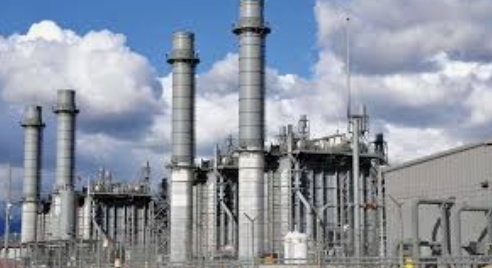
A heated type air dryer, also known as a heated purge air dryer, is a device used to remove moisture from compressed air systems. Unlike heatless dryers, which use the pressure swing adsorption (PSA) process, heated dryers work based on a combination of heating and purging. Here's how they operate:
Adsorption Towers: The heated air dryer consists of two adsorption towers filled with a special grade Zeolite Molecular Sieves desiccant material. These towers alternate between two operational phases: drying and regeneration.
Drying Phase: Moisture-laden compressed air enters one tower while the other is in regeneration mode. As the air passes through the desiccant bed, the moisture molecules adhere to the surface of the desiccant material. This process reduces the dew point of the air, effectively drying it.
Regeneration Phase: After a certain period of time, the desiccant bed in the tower that was drying the air becomes saturated with moisture. The air flow is then diverted to the second tower, and the first tower enters the regeneration phase.
Purging with Hot Dry Air: To remove the moisture from the saturated desiccant bed, dry air from the other tower is used and passed through the heater and the gets heated upto 150DegC.. This dry air flows through the bed in reverse direction, picking up the moisture and carrying it away. The moist air from the regeneration process is typically vented outside the system.
Cycle Reversal: The drying and regeneration phases alternate cyclically. This ensures a continuous supply of dry compressed air without interruption. The switching between towers is controlled by a valve system.
Energy-Efficient: The term "heatless" indicates that external heat sources are not required for regeneration. Instead, the dry air from the other tower is utilized, making the process energy-efficient.
Heated type air dryers are commonly used in industrial settings where the compressed air quality requirements are high and consistent. They are particularly effective when the ambient conditions are cold or when the compressed air needs to be heated for specific applications. However, they consume more energy compared to heatless dryers due to the need for external heating.